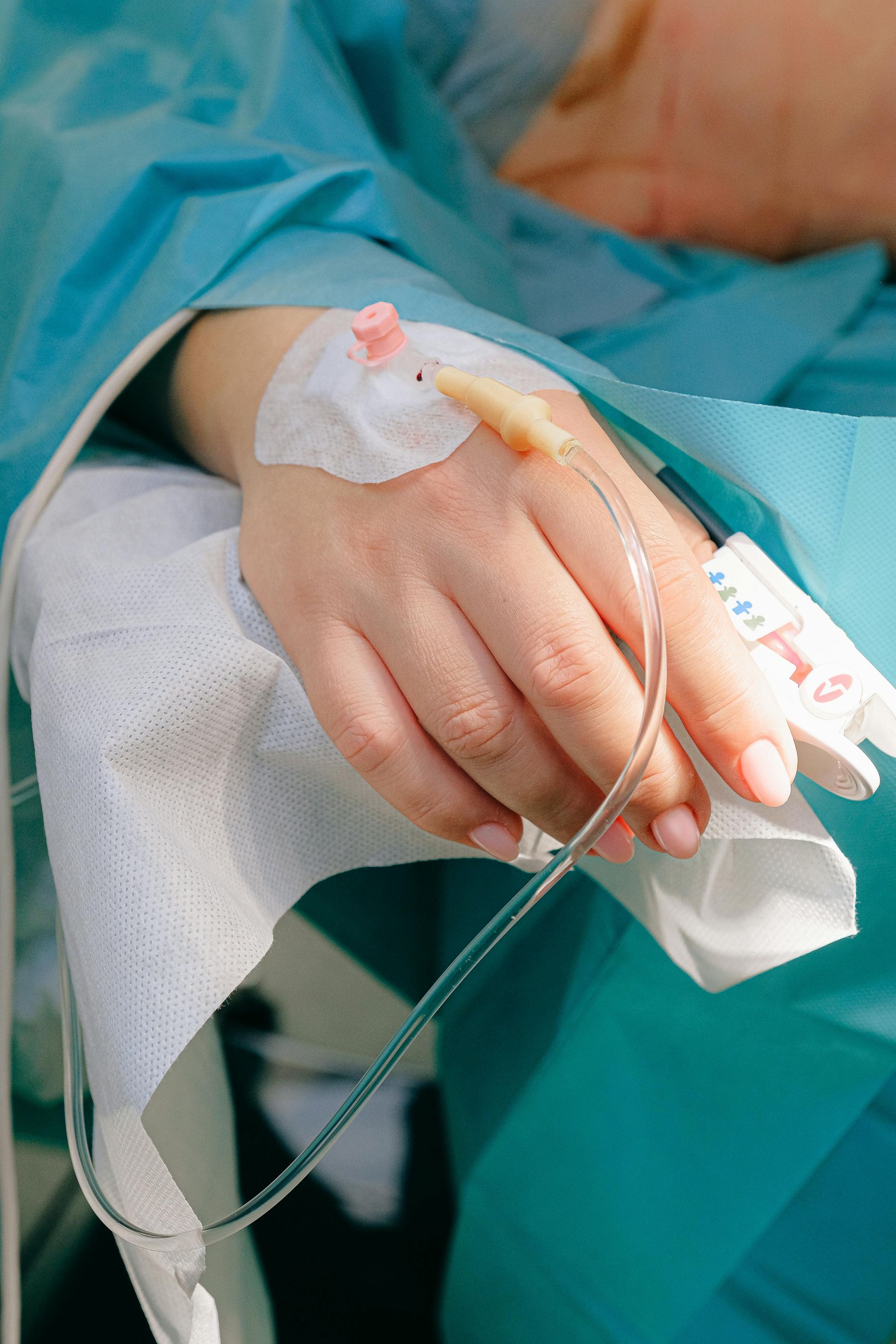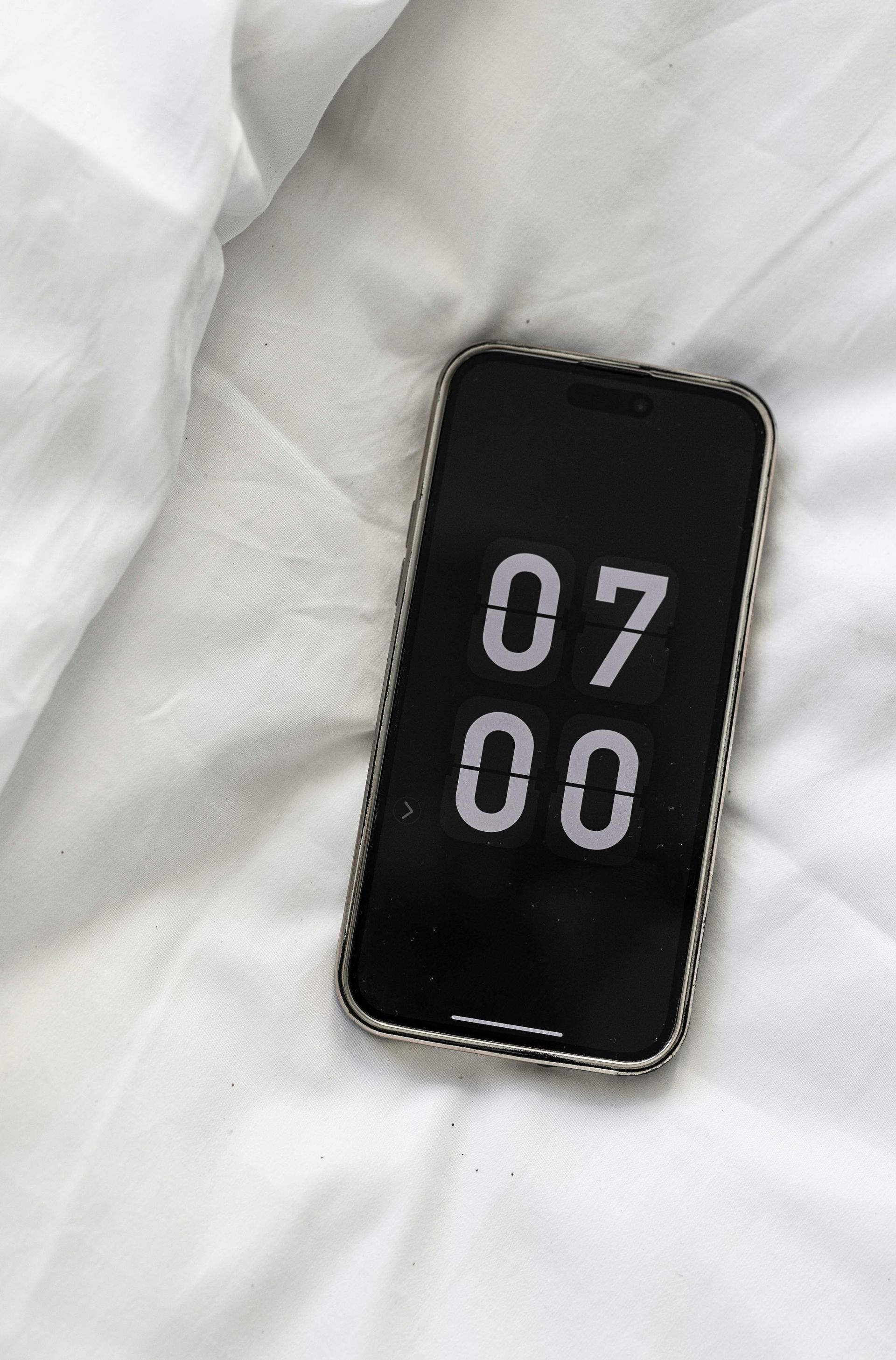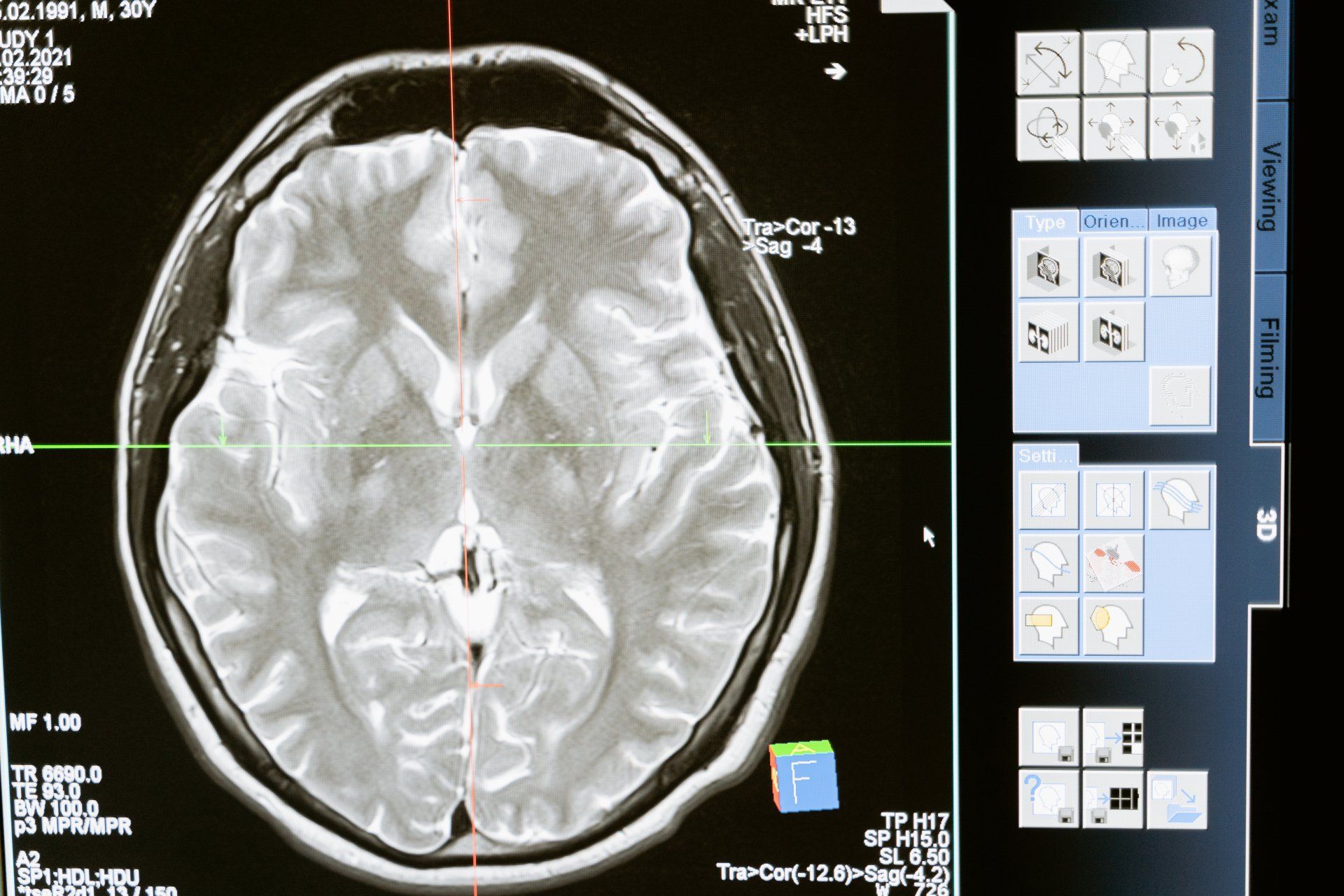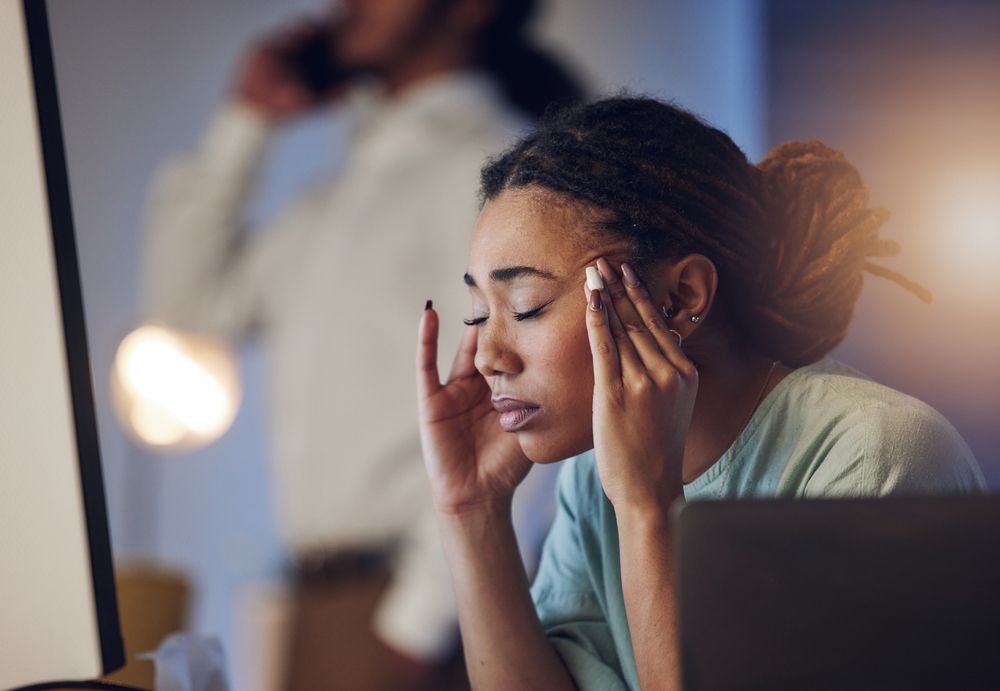The Rebirth of UVBI: A Journey Through Time and Healing

Navigation links
Free Consultation
It's important to know that you are not alone. Get help with depression today!
TMS THERAPY SUPPORTS MENTAL WELLNESS
- Depression
- Lack of Joy
- Sadness and Despair
- Low Mood
- Lethargy
- Insomnia
- Oversleeping
- Social Isolation
- Self-Harm
- Substance Abuse
- Suicidal Ideation
- Alcoholism


Introduction to UVBI
Ultraviolet Blood Irradiation (UVBI), a relatively obscure but increasingly popular medical treatment, has been experiencing a resurgence in recent years. UVBI involves exposing a small quantity of the patient's blood to ultraviolet light before reintroducing it into the body. This treatment, first developed in the early 20th century, is being rediscovered for its potential health benefits, particularly in Europe and the USA.
Historical Background of UVBI
UVBI was initially developed in the 1920s and 1930s. Early pioneers like Emmet Knott and other medical researchers observed that exposing blood to ultraviolet light had remarkable effects on various infections and inflammatory conditions. During the mid-20th century, UVBI was used to treat a range of ailments, from septicemia to arthritis, but with the advent of antibiotics, its popularity waned.
However, the limitations of antibiotics, including resistance and side effects, have rekindled interest in alternative therapies. Today, UVBI is being revisited and embraced by a new generation of health practitioners, particularly those interested in integrative and holistic medicine.
Benefits of UVBI
UVBI is touted for a variety of health benefits, many of which stem from its ability to modulate the immune system and enhance blood oxygenation. Key benefits include:
1. Immune System Boost: UV light can stimulate the immune system, helping the body fight off infections more effectively.
2. Anti-inflammatory Effects: It can reduce inflammation, making it beneficial for autoimmune and inflammatory conditions.
3. Enhanced Blood Oxygenation: UVBI can improve the oxygen-carrying capacity of blood, promoting overall vitality.
4. Detoxification: It assists in the breakdown and removal of toxins from the blood.
5. Antimicrobial Action: UV light has direct antimicrobial effects, potentially reducing the load of harmful pathogens in the body.
Potential Side Effects of UVBI
Like any medical treatment, UVBI comes with potential side effects. These can include:
- Mild Discomfort: Some patients might experience slight discomfort at the injection site.
- Photosensitivity: Increased sensitivity to light can occur in some individuals.
- Herxheimer Reaction: A temporary worsening of symptoms as the body detoxifies and eliminates pathogens.
Most side effects are mild and transient, but it's crucial to discuss potential risks with a healthcare provider before undergoing UVBI.
Treatment Protocols
UVBI treatment protocols can vary based on the condition being treated and the patient's overall health. Generally, a typical course of UVBI involves:
- Initial Phase: Patients may undergo 1-3 treatments per week for the first 3-4 weeks.
- Maintenance Phase: Depending on the response, treatments may be reduced to once per week or even once per month.
The total number of treatments can range from 6 to 20 sessions, with some chronic conditions requiring ongoing maintenance treatments.
Enhanced Benefits with Ozone Therapy
Adding ozone therapy to UVBI can amplify the benefits of the treatment. Ozone, a highly reactive form of oxygen, has additional therapeutic properties:
1. Enhanced Oxygenation: Ozone increases the oxygen-carrying capacity of blood, improving tissue oxygenation and overall vitality.
2. Stronger Immune Modulation: Ozone can further stimulate the immune system, enhancing the body's ability to combat infections and inflammation.
3. Powerful Antimicrobial Effects: Ozone is known for its potent antimicrobial properties, effectively targeting bacteria, viruses, and fungi.
By combining UVBI with ozone therapy, patients can experience a synergistic effect that maximizes the therapeutic benefits, particularly for chronic and treatment-resistant conditions.
Top 5 Conditions Benefited by UVBI
1. Chronic Infections: UVBI is effective against persistent infections, including Lyme disease and chronic viral infections.
2. Autoimmune Diseases: Conditions like rheumatoid arthritis can benefit from UVBI’s anti-inflammatory and immune-modulating effects.
3. Shingles: Shingles is a viral flare up from chickenpox, UVBI is effective in calming the flare up and removing symptoms quickly.
4. Fibromyalgia: UVBI can help alleviate widespread pain and improve the quality of life for fibromyalgia sufferers.
5. Cardiovascular Diseases: It can enhance blood circulation and reduce the burden of chronic cardiovascular conditions.
The Resurgence in Europe and the USA
In recent years, UVBI has seen a notable increase in use across Europe and the USA. This resurgence is driven by a growing interest in alternative and integrative therapies, especially for conditions that are resistant to conventional treatments. Clinics offering UVBI are becoming more common, and patient testimonials are driving further interest and acceptance.
Real-Life Success Stories
1. Lyme Disease: Jane, a 45-year-old woman, struggled with chronic Lyme disease for years. After undergoing a series of UVBI treatments, she reported significant improvements in energy levels and a reduction in joint pain and neurological symptoms. UVBI helped her regain her quality of life when conventional treatments had failed.
2. Rheumatoid Arthritis: Mark, a 50-year-old man with severe rheumatoid arthritis, found little relief from traditional medications. UVBI provided a breakthrough, reducing his inflammation and joint pain, and allowing him to resume activities he had long abandoned.
3. Chronic Fatigue Syndrome: Emily, a 30-year-old woman, faced debilitating chronic fatigue that left her unable to work or enjoy life. After a regimen of UVBI treatments, she experienced a remarkable increase in energy and a significant reduction in fatigue, giving her hope and vitality.
Featured Podcast: Unmuzzled Chat with James Geddes
We recently had the pleasure of discussing the benefits of UVBI, particularly for chronic Lyme disease, on the popular podcast Unmuzzled Chat, hosted by James Geddes. In this episode, we delve into how UVBI can be a game-changer for those suffering from treatment-resistant conditions. You can listen to the episode here.

